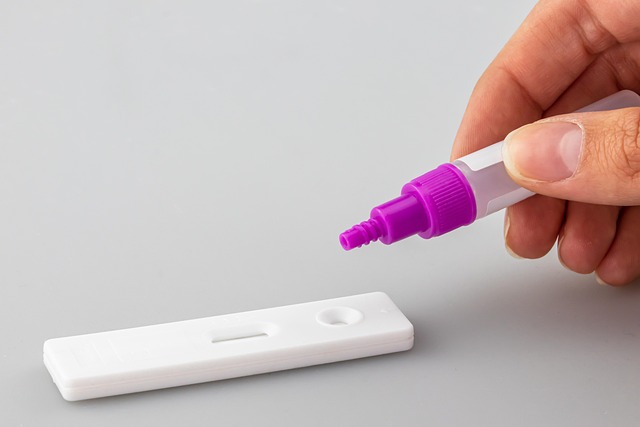Texas' Lead-Based Paint Hazard Reduction Act strictly regulates lead paint removal, mandating professional training and certification for workers. For renovation projects over 6 square feet of pre-1978 painted surfaces, a comprehensive plan is required, emphasizing testing, communication, and post-remediation verification. Effective hazard communication, involving visual aids, written materials, and refresher courses, ensures worker safety and compliance with lead paint removal regulations. Interactive training protocols, focusing on PPE usage, removal techniques, and decontamination, along with regular health monitoring, mitigate health risks associated with lead paint exposure in Texas.
In Texas, understanding and adhering to lead paint removal regulations is paramount for ensuring worker safety. This article delves into the crucial aspects of lead safety hazard communication training, focusing on both legal compliance and effective implementation. We explore strategies for proper hazard communication, highlighting best practices to mitigate health risks during lead paint removal projects. By mastering these protocols, professionals can navigate Texas’ lead paint regulations while fostering a culture of safety among workers.
- Understanding Lead Paint Removal Laws in Texas
- Effective Hazard Communication Strategies for Workers
- Training Protocols to Mitigate Health Risks
Understanding Lead Paint Removal Laws in Texas

In Texas, lead paint removal laws are strictly regulated to ensure safety during renovation or abatement projects. The state has adopted the Lead-Based Paint Hazard Reduction Act, which mandates that individuals conducting lead paint removal must be trained and certified in accordance with the US Environmental Protection Agency (EPA) guidelines. This includes understanding the proper use of personal protective equipment (PPE), safe disposal methods for lead-contaminated materials, and effective communication strategies to inform occupants and workers about potential hazards.
For renovation projects that disturb more than 6 square feet of painted surfaces in a building built before 1978, a lead paint removal plan must be developed and implemented. This plan should include procedures for lead testing, work area preparation, and post-remediation verification. Effective communication is key; training must equip professionals with the knowledge to convey risk levels, safe work practices, and necessary precautions to both residents and fellow workers, ensuring compliance with Texas’ strict lead paint removal regulations.
Effective Hazard Communication Strategies for Workers

Effective hazard communication is paramount during lead paint removal projects, especially considering Texas’ stringent regulations on lead paint disposal and worker protection. For workers involved in lead abatement, clear and comprehensive information about potential risks and safety protocols is crucial. This includes training on identifying lead-based materials, understanding personal protective equipment (PPE), and recognizing symptoms of lead exposure.
Implementing visual aids, such as labels, signs, and diagrams, can significantly enhance communication. Additionally, providing written materials and regular refresher courses ensures that workers remain informed about the latest safety measures aligned with Texas’ lead paint removal regulations. These strategies collectively foster a culture of safety awareness, empowering workers to take proactive measures while handling hazardous materials like lead paint effectively.
Training Protocols to Mitigate Health Risks

Effective training protocols are essential for mitigating health risks associated with lead paint removal, as outlined by the Lead Paint Removal Regulations in Texas. These protocols should cover a range of topics, including personal protective equipment (PPE) usage, proper removal techniques, and decontamination procedures. Training sessions must be interactive and comprehensive to ensure workers understand the potential dangers and have the skills to handle tasks safely.
Instructors should emphasize the importance of regular health monitoring for individuals involved in lead paint removal projects, as per Texas regulations. This includes providing resources and guidance on post-exposure evaluation and medical care. By adhering to these training protocols, professionals can significantly reduce the risks posed by lead, contributing to a safer working environment and compliance with state standards.
Lead safety hazard communication training is paramount for Texas workers involved in lead paint removal, as these regulations aim to protect individuals from the harmful effects of lead exposure. By implementing effective hazard communication strategies and adhering to rigorous training protocols, employers can mitigate health risks associated with lead. Staying informed about the lead paint removal regulations in Texas ensures a safer work environment and is a key component in preventing potential long-term health issues among workers.
